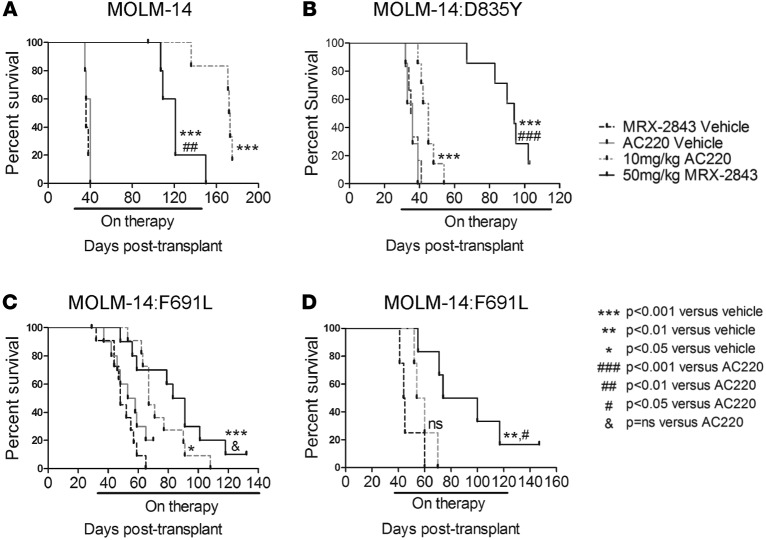Figure 8. MRX-2843 mediates functional therapeutic effects in quizartinib-resistant FLT3-ITD xenograft models.
(A–D) Kaplan-Meier curves showing survival of NSG (A, B, and D) or NSGS (C) mice with orthotopic xenografts of MOLM-14 parental (A), MOLM-14:D835Y (B), or MOLM-14:F691L (C and D) cells, treated with MRX-2843, quizartinib (AC220), MRX-2843 vehicle (saline), or quizartinib vehicle (CD). (A) Disease burden was monitored in cohorts of mice, and treatment was initiated on day 22 after transplantation, when 7.2% ± 1.0% blasts were detected in the bone marrow. Treatment continued until day 145 after transplantation. Median survival was 121 days and 172.5 days for mice treated with MRX-2843 or quizartinib, respectively, compared with 36 days and 40 days for mice treated with MRX-2843 or quizartinib vehicle (n = 5 per group). (B) Disease burden was monitored in cohorts of mice, and treatment was initiated on day 26 after transplantation, when 6.8% ± 1.2% blasts were detected in the bone marrow. Treatment continued until conclusion of the study. Median survival was 94 days and 45 days after transplantation for mice treated with MRX-2843 or quizartinib, respectively, compared with 35.5 days and 36 days for mice treated with MRX-2843 or quizartinib vehicle (n ≥5 per group). (C) Treatment was initiated on day 28 after transplantation and continued until the conclusion of the study. Median survival was 87 days and 67 days after transplantation for mice treated with MRX-2843 or quizartinib, respectively, compared with 48 days and 55.5 days for mice treated with MRX-2843 or quizartinib vehicle (n ≥8 per group). (D) Disease burden was monitored in cohorts of mice, and treatment was initiated on day 38 after transplantation, when 49% ± 11% blasts were detected in the bone marrow. Treatment continued until 120 days after transplantation. Median survival was 87 days and 57 days for mice treated with MRX-2843 or quizartinib, respectively, compared with 44.5 days for mice treated with saline vehicle (n ≥4 per group). All P values in A–D were determined by log-rank test. CD, hydroxybutenyl-β-cyclodextrin; FLT3, FMS-like tyrosine kinase 3; ITD, internal tandem duplication; NSG, NOD-SCID-γ; NSGS, NOD-SCID-γ mice expressing Tg human cytokines.

